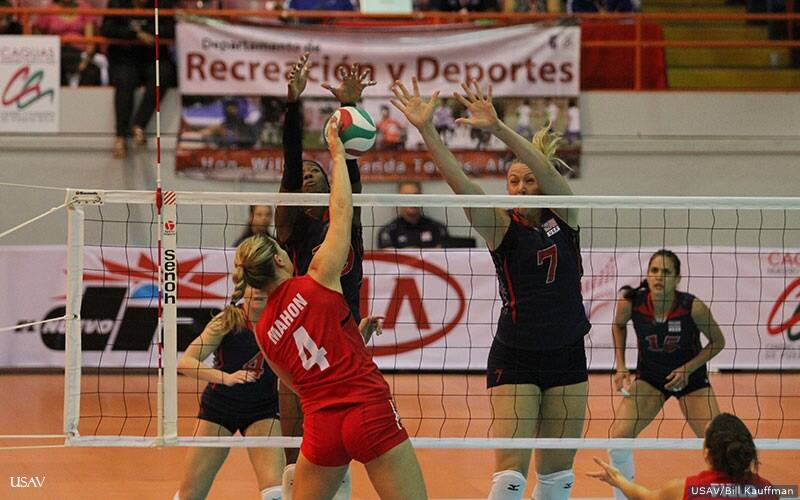
10 Keys to Middle Blocking
Three-time Olympian Heather Bown gives tips on middle blocking.
Resources for
Follow USAVolleyball
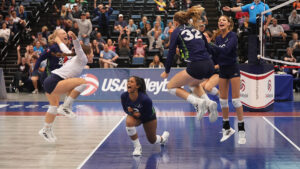 USA Volleyball Education is focused on improving developmental and educational opportunities across the sport of volleyball from grassroots to the national team level. Our goal is to provide the opportunity to access, complete and apply high-quality information and methods in the technical, tactical, physical and emotional aspects of the game for athletes and coaches while providing training, support and resources for other key stakeholders including officials, parents and clubs.
USA Volleyball Education is focused on improving developmental and educational opportunities across the sport of volleyball from grassroots to the national team level. Our goal is to provide the opportunity to access, complete and apply high-quality information and methods in the technical, tactical, physical and emotional aspects of the game for athletes and coaches while providing training, support and resources for other key stakeholders including officials, parents and clubs.
For years, the focus of volleyball in many areas and across various levels shifted to a mindset of winning at all costs.
What we now know is that the most successful teams in the world have developed a model of training and a culture that supports a holistic approach to athlete development which not only sets them up for competitive success on the court, but values and emphasizes the important of athlete health, well-being and long-term involvement in the sport.
The USA Volleyball Development Model was created based on the idea that volleyball in the U.S. could be taught differently, resulting in long-lasting positive outcomes across all measures of performance while keeping kids involved and loving the game longer.
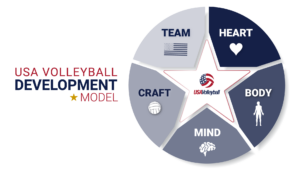
The five pillars of the USA Volleyball Development model provide the basis for a holistic approach to the core elements that are vital to supporting development at every level and across age groups.
USA Volleyball Education is committed to providing support for the volleyball community with a role-based approach to education and training. Whether you’re planning practices, cheering from the stands or making the right call, we provide the tools and resources to help you succeed.
USA Volleyball partner Sports Imports has provided USA Volleyball coaches with drills for use with their Trainer+ and The Vertec.


Improve your blocking in five steps

The two things that correlate most directly with winning matches, limiting hitting and serving errors
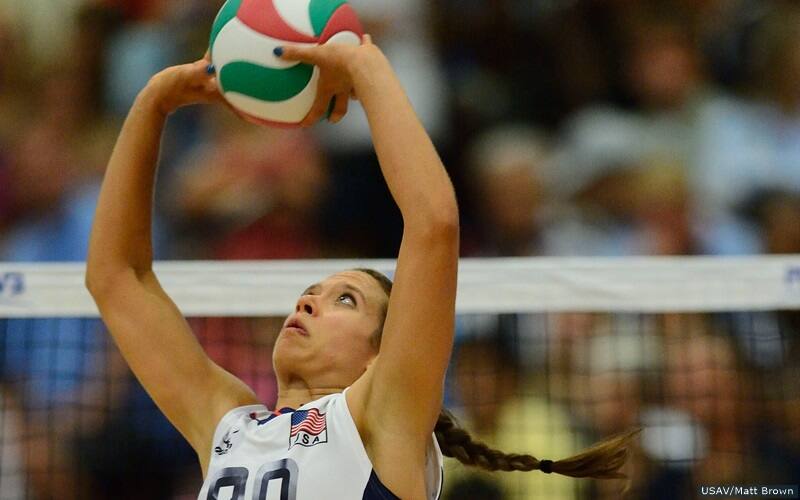
Boost the confidence of your teammates in five simple ways
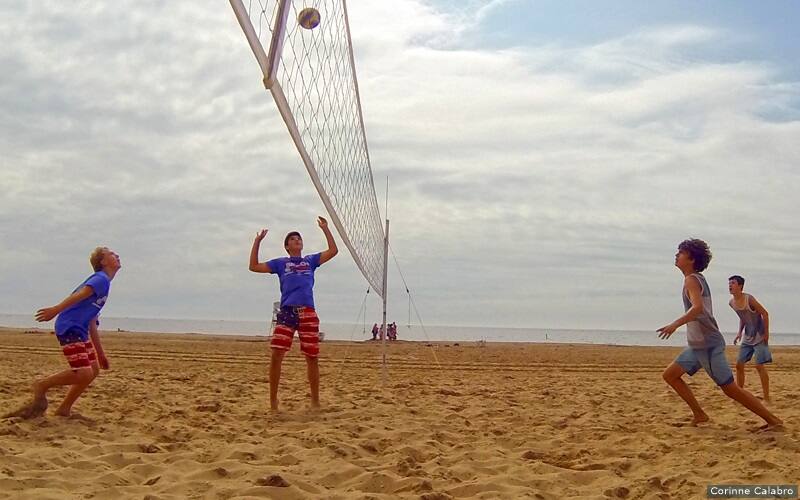
Key beach experts give tips to improving your beach volleyball game
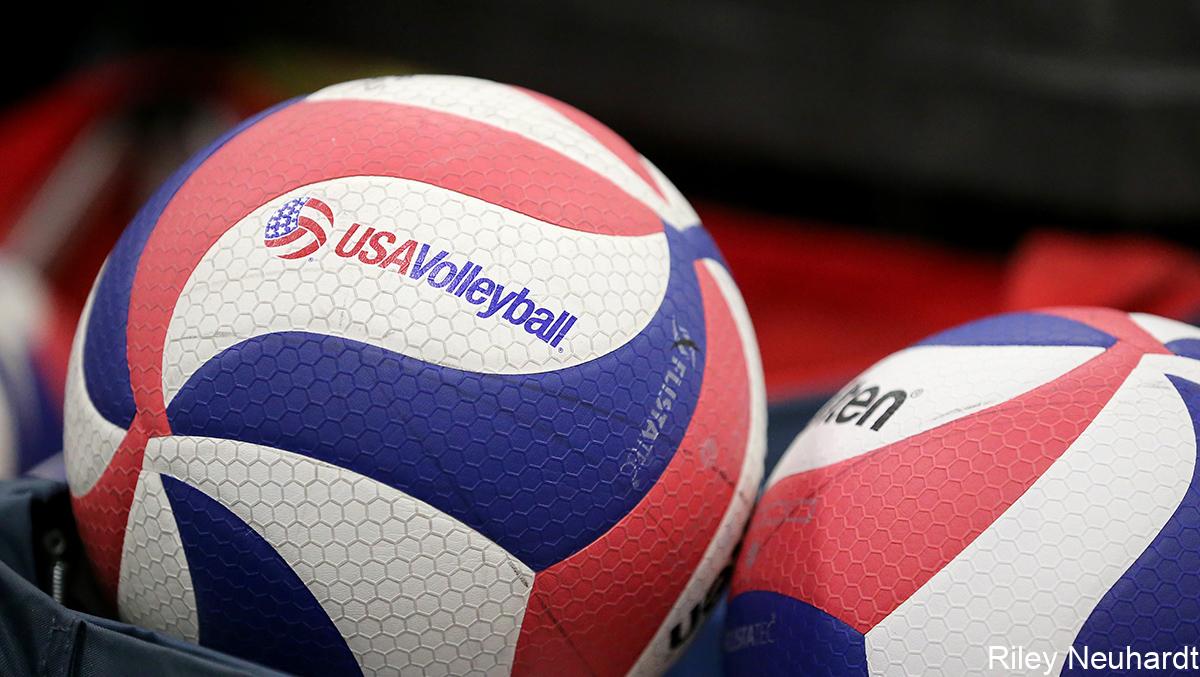
A three, six, eight or 12-week lesson plan can be put together by picking and choosing from the options presented herein.
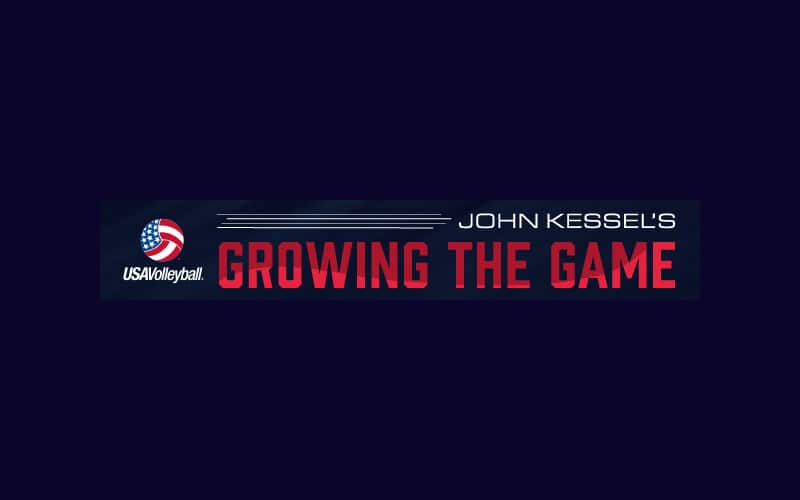
“Where is volleyball played?” is a question to ask your players or other coaches if you want to start an interesting discussion. “What is the most important skill in volleyball?” is the second question I ask to prompt some serious conversation.
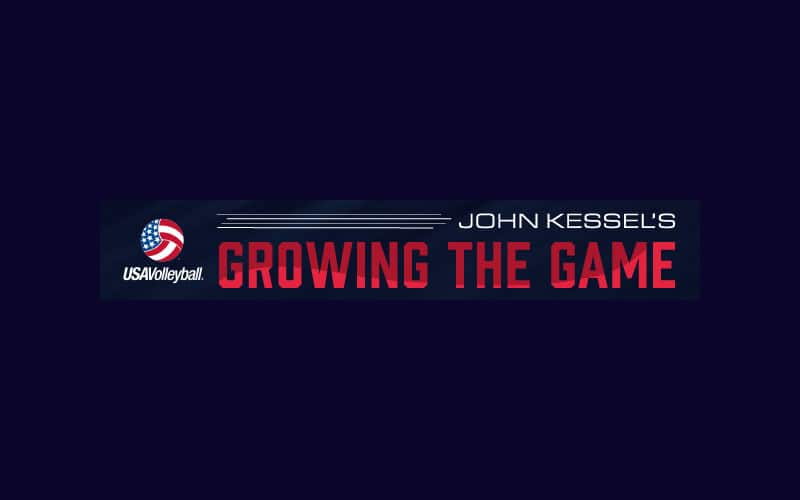
Ouch, it hurts, even the word “cut” comes from the action of your body being sliced open to some level. It might even seem right now that your hope or even long term dream of playing at a higher level seems over.
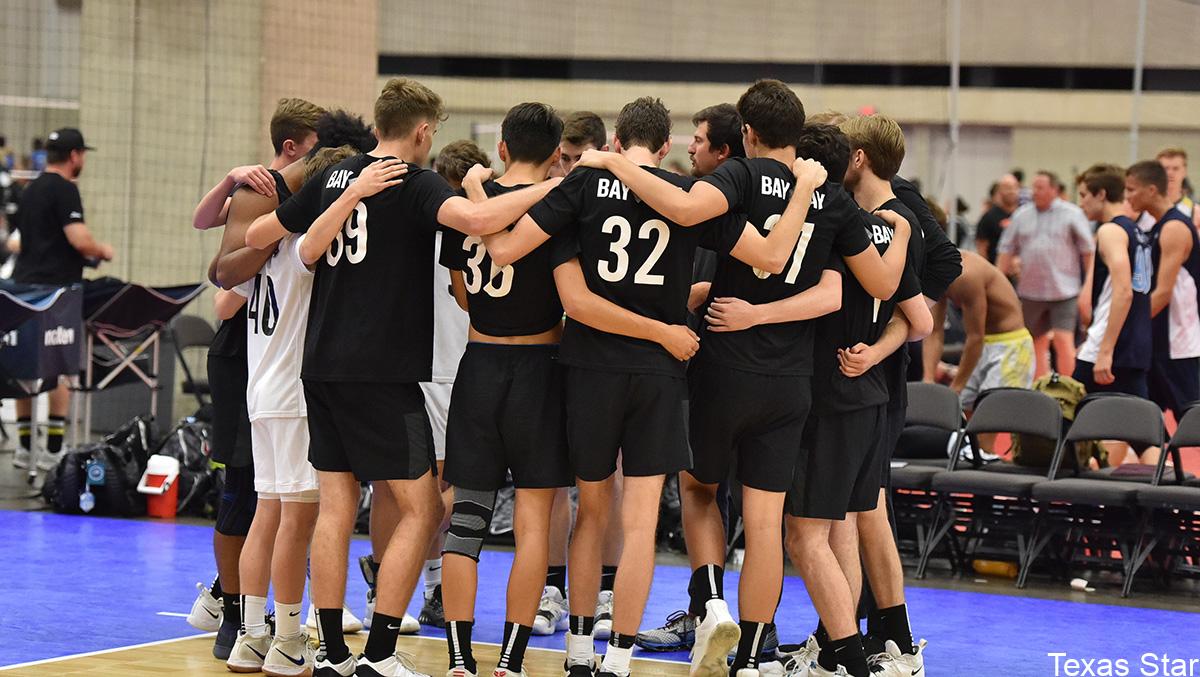
The word FUNdaMENTAL hints at two very important factors for all players: having fun and developing good mental skills.

Karch Kiraly blogs about maintaining composure on the court.
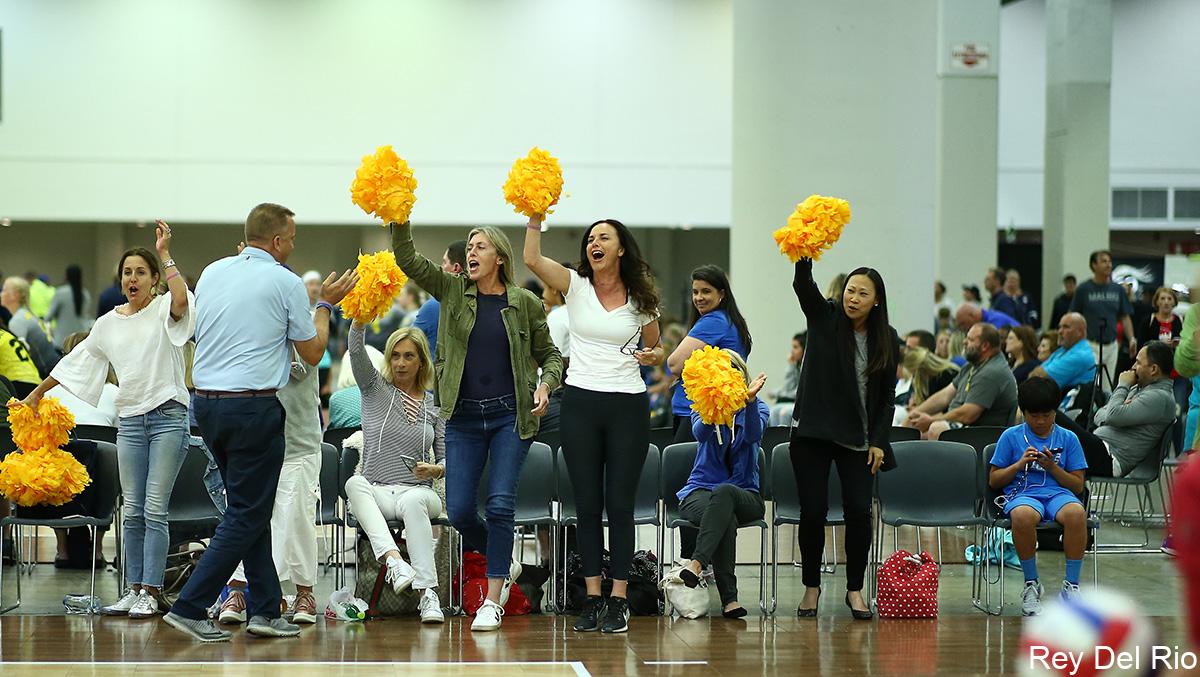
"She understands that it is even when a paycheck is included, that it is more than just winning games that she is doing with her players, and focuses on team building through off court activities."
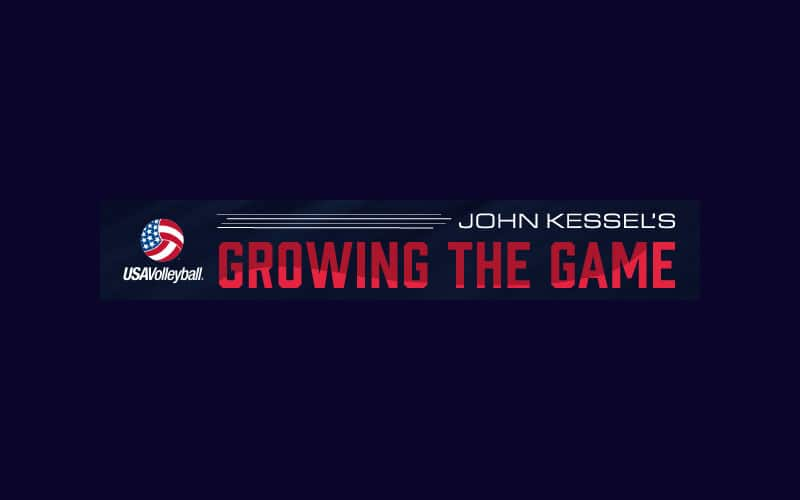
BUT NOBODY IS GOING TO OUT HUSTLE US…. That has always been my motto, so much that some of my teams have heard it so many times in huddles they say it in their sleep I bet.
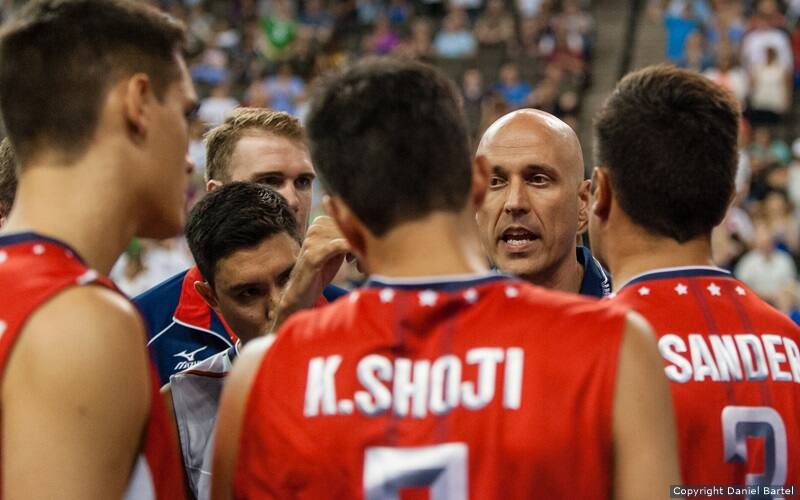
Olympic coaches and athletes talk about the do's and don'ts for on the court
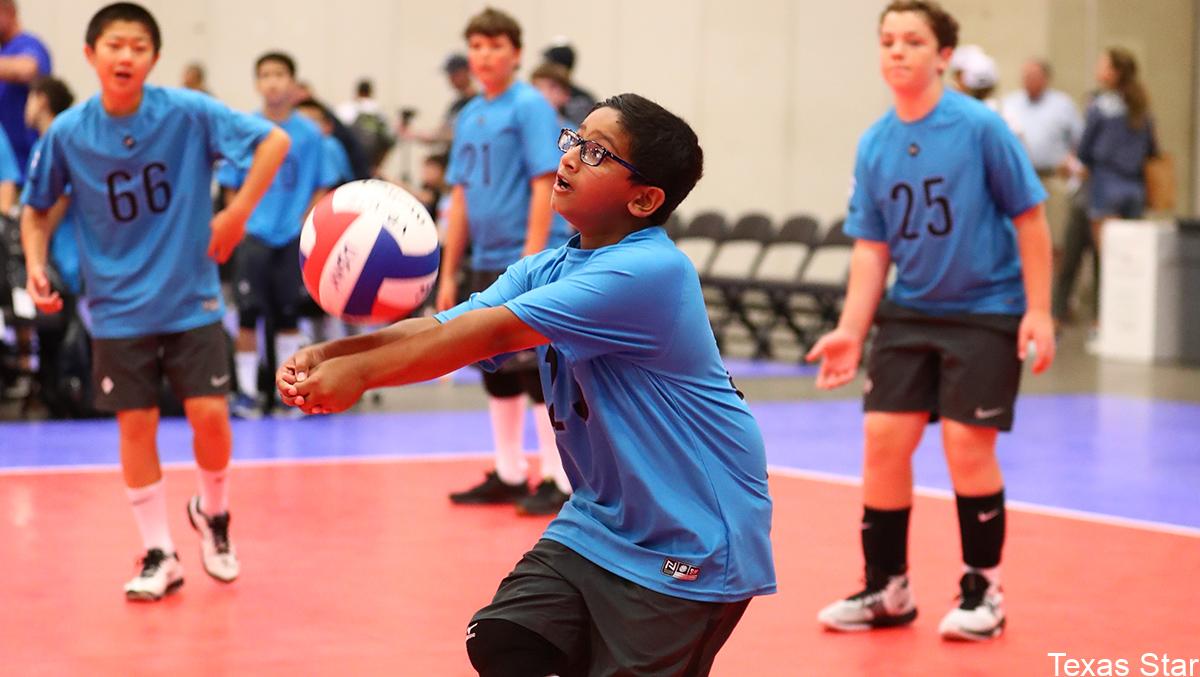
Ideas for youth play for 3-11 year old athletes, who should be playing in teams of two or four.
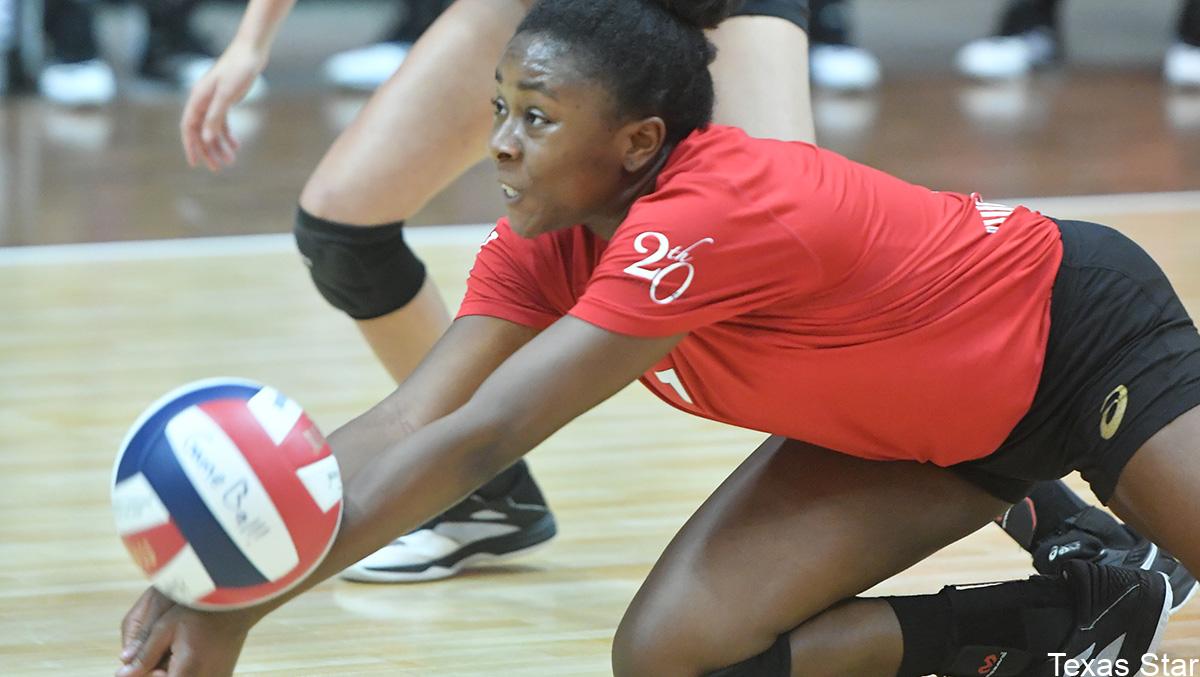
This is not a comprehensive collection, but serves as food for thought for naming a GAME better. Rather than a “drill.”
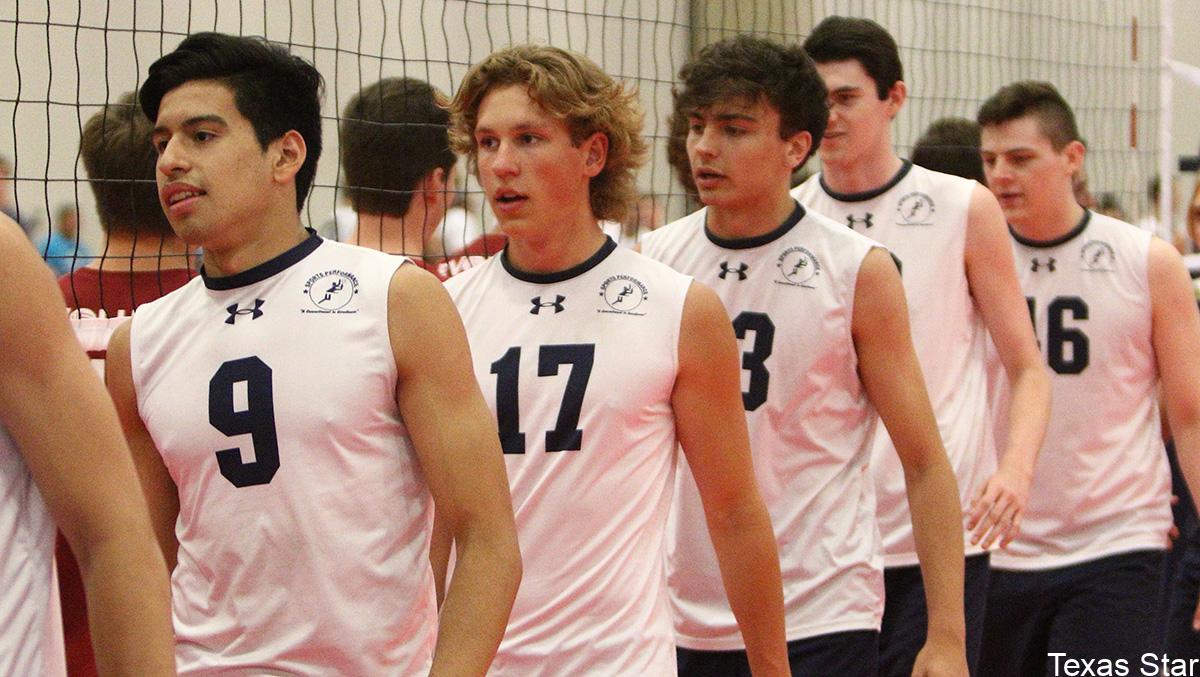
Skill performance will ebb and flow, with 50 percent of the time being spent in below average performance for each player. Practice is for RAISING each player’s personal average.
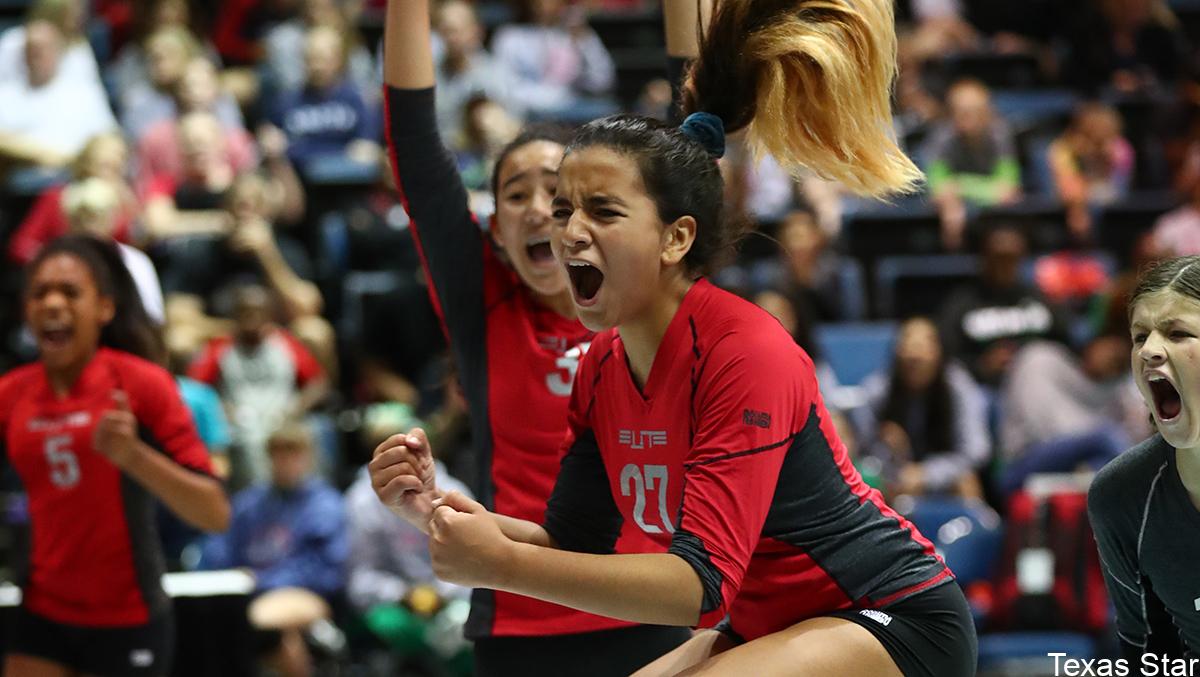
It is important for you to maintain a high level of fitness in order to compete at your physical capability. Being in shape, like getting proper nutrition, is one of the fundamental skills that sport can help incorporate into your like now that should never stop.